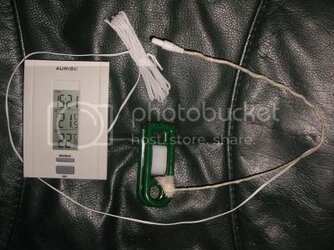- Joined
- Jan 12, 2013
- Location
- Colorado Springs, CO, USA, Earth
This is going to be sort of a broad question, but there seems to be two sides of an argument: one says that the more fans and better cooling you have, the longer your system will last. Then there's this other side that says you only need what's necessary, because before any part of your computer will break down from being too hot for too long, you'll have probably replaced it or got a whole new system anyway.
Is an extra fan or two only really needed if your temperatures are TOO, or "dangerously" high, to the point that it will noticeably have problems or even overheat? Or does having an extra cool system do anything to actually improve your system?
I got this new case that supports up to 9x 120mm fans, more than my previous case, but my temps don't seem to be any better. Sometimes it seems as if having all these extra noisy fans aren't doing anything to actually cool down the system noticeably. Like, why have them there and produce all that extra noise? I dunno, is what I'm asking making any sense at all? It's sort of just a broad series of questions regarding PC cooling, what's necessary and what is too much.
Is an extra fan or two only really needed if your temperatures are TOO, or "dangerously" high, to the point that it will noticeably have problems or even overheat? Or does having an extra cool system do anything to actually improve your system?
I got this new case that supports up to 9x 120mm fans, more than my previous case, but my temps don't seem to be any better. Sometimes it seems as if having all these extra noisy fans aren't doing anything to actually cool down the system noticeably. Like, why have them there and produce all that extra noise? I dunno, is what I'm asking making any sense at all? It's sort of just a broad series of questions regarding PC cooling, what's necessary and what is too much.
 That's right. More fans just equal more ambient air, not cooler air.
That's right. More fans just equal more ambient air, not cooler air.
